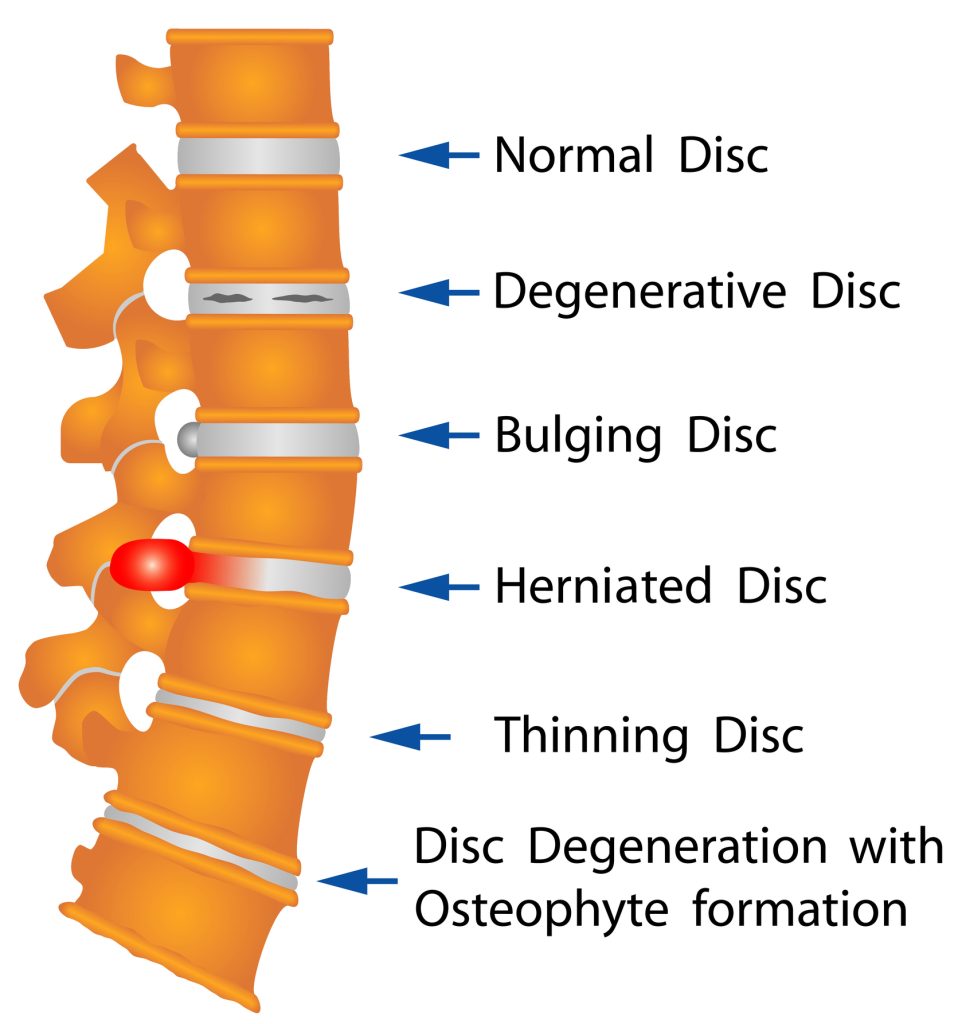
Have you seen people leaning over a shopping cart while walking through the grocery store? Or slowly bending more and more at the waist as they walk? These people may suffer from a condition called Lumbar Spinal Stenosis (LSS).
LSS occurs when the nerves within the lumbar spinal canal get squeezed or choked. The most common cause of LSS is degenerative changes of the lumbar spine.
Arthritic joints and degenerative discs take up space within the canal, effectively squeezing the nerves decreasing the signals that go to the muscles and nerves of the legs. The garden hose analogy works well here, if you step on a running hose, the flow of water is reduced. When the nerve signals are reduced, there may be tingling, decreased sensation in the skin, and loss of muscle power.
Diagnosis
History and physical examination may raise suspicion for LSS in the chiropractic clinic. The hallmark symptom of LSS is loss of power with continued walking, which leads to what is called, “shopping cart sign.” This is the person who walks through the store leaned over the cart, an unconscious action that opens up the spinal canal to relieve pressure on the nerves.
Physical exam may reveal loss of strength and reflexes in the legs. X-rays often show degenerative spinal changes, but confirmation of LSS requires CT or MRI.

Treatment
As there is usually a combination of acute and chronic inflammation (swelling) in the spinal structures, we begin with ultrasound or short-wave diathermy. Electric stimulation is used to address any lower back pain and/or spasm. In some instances, we may employ acupuncture.
The core treatment that addresses the spinal compression though, is a chiropractic technique called Flexion/Distraction. This uses a specialized table that allows the chiropractor to focus traction at the level(s) of LSS to decompress discs, stretch ligaments, and move joints all in an effort to alleviate nerve compression. Patients often note improved walking and less pain within 6-12 visits. Once maximum benefit is obtained, follow-up visits help sustain the relief.
Proper chiropractic care for LSS may prevent the need for epidural steroid injections or surgery. The sooner you start treatment, the sooner you will feel better!